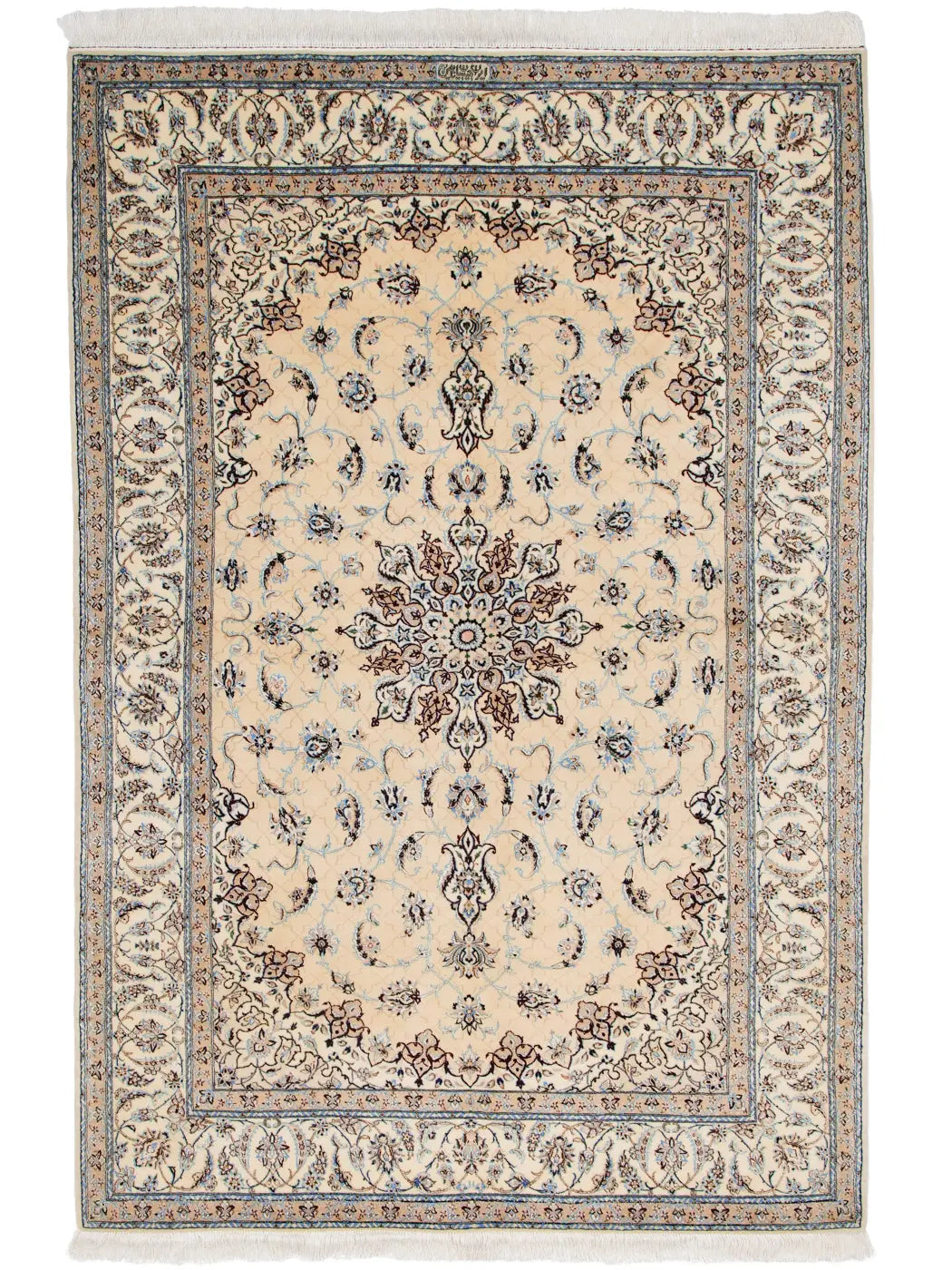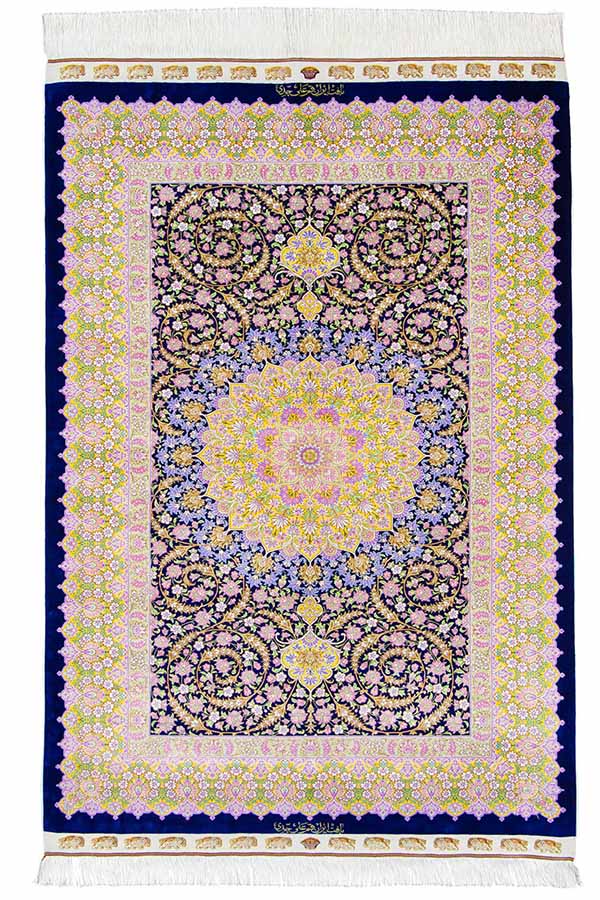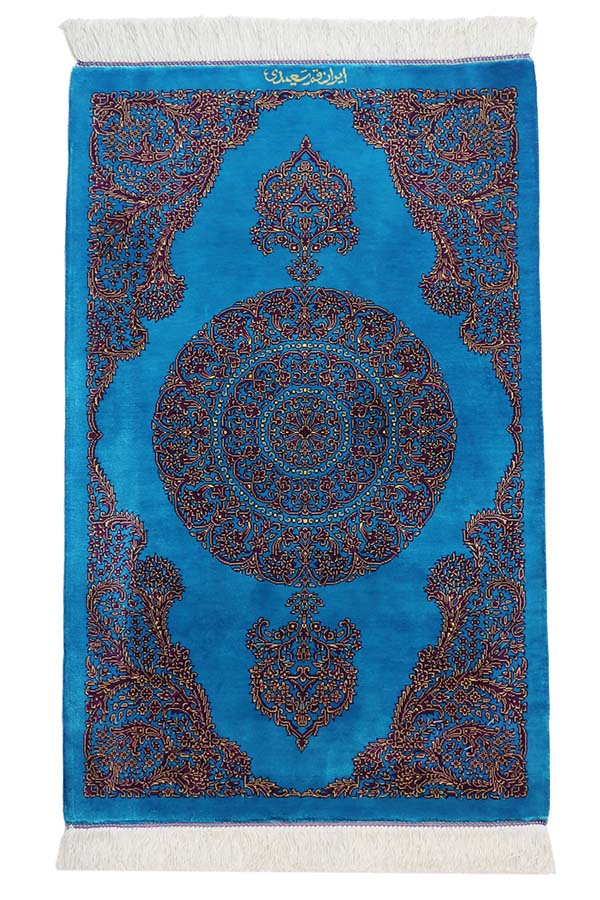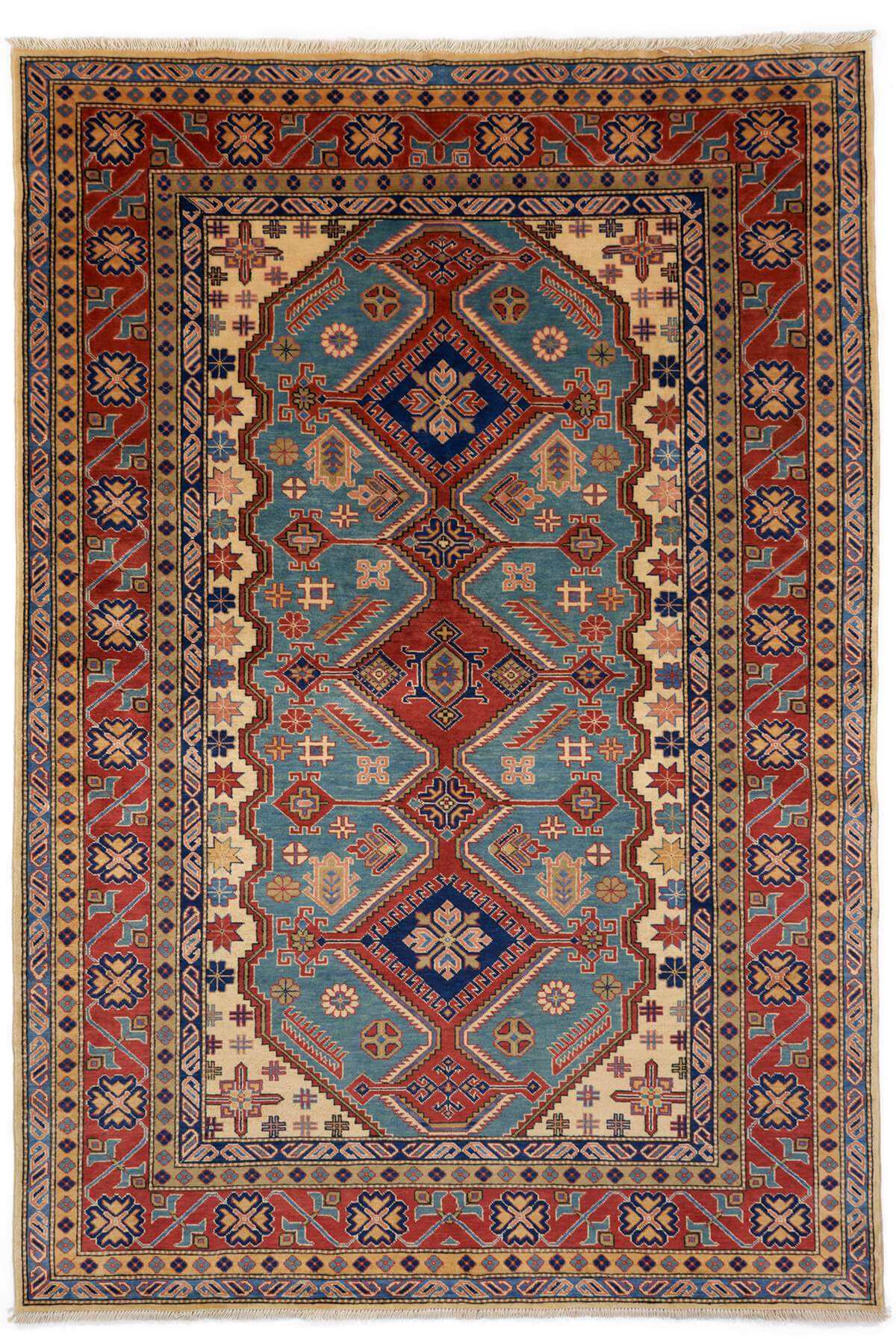Koriai
Type: Persian carpet
Location: Kurdistan Province, Iran (formerly Persia)
Knot Density: 80,000 - 240,000 knots per square meter
Characteristics: Stiff, long pile, vibrant colors
Pile: high quality coarse wool
Kolyai rugs are tribal Persian carpets woven by nomadic Kurdish communities in western Iran. Known for their bright and vibrant color palettes, these rugs often feature a large central medallion, classic hexagonal Herati diamond patterns, and angular corner motifs within the main border.
Traditionally, Kolyai rugs were not created for commercial purposes. Instead, they were woven by women for practical use within their families—as floor coverings, blankets, storage bags, or saddle blankets. These handcrafted pieces also served as a form of economic security during hard times, in keeping with long-standing tribal customs.
Iran is home to around 5 million Kurds, the majority of whom reside in the western part of the country. Kurdish rug weaving is widely respected for its high craftsmanship, and Kolyai rugs are no exception. These rugs are well-suited for everyday use, built with sturdy construction, firm knots, and a high pile that makes them highly durable and resistant to dirt. While they were once made entirely from wool, modern versions now commonly use cotton warps for added structure.
Kolyai and other Kurdish rugs are typically adorned with geometric motifs and rendered in modest color schemes, allowing them to harmonize easily with a wide range of interior styles. Thanks to their resilience, they are ideal for high-traffic areas or rooms where durability is a priority. Kolyai rugs are usually over three meters in length, making them especially suitable for long hallways or spacious rooms.




